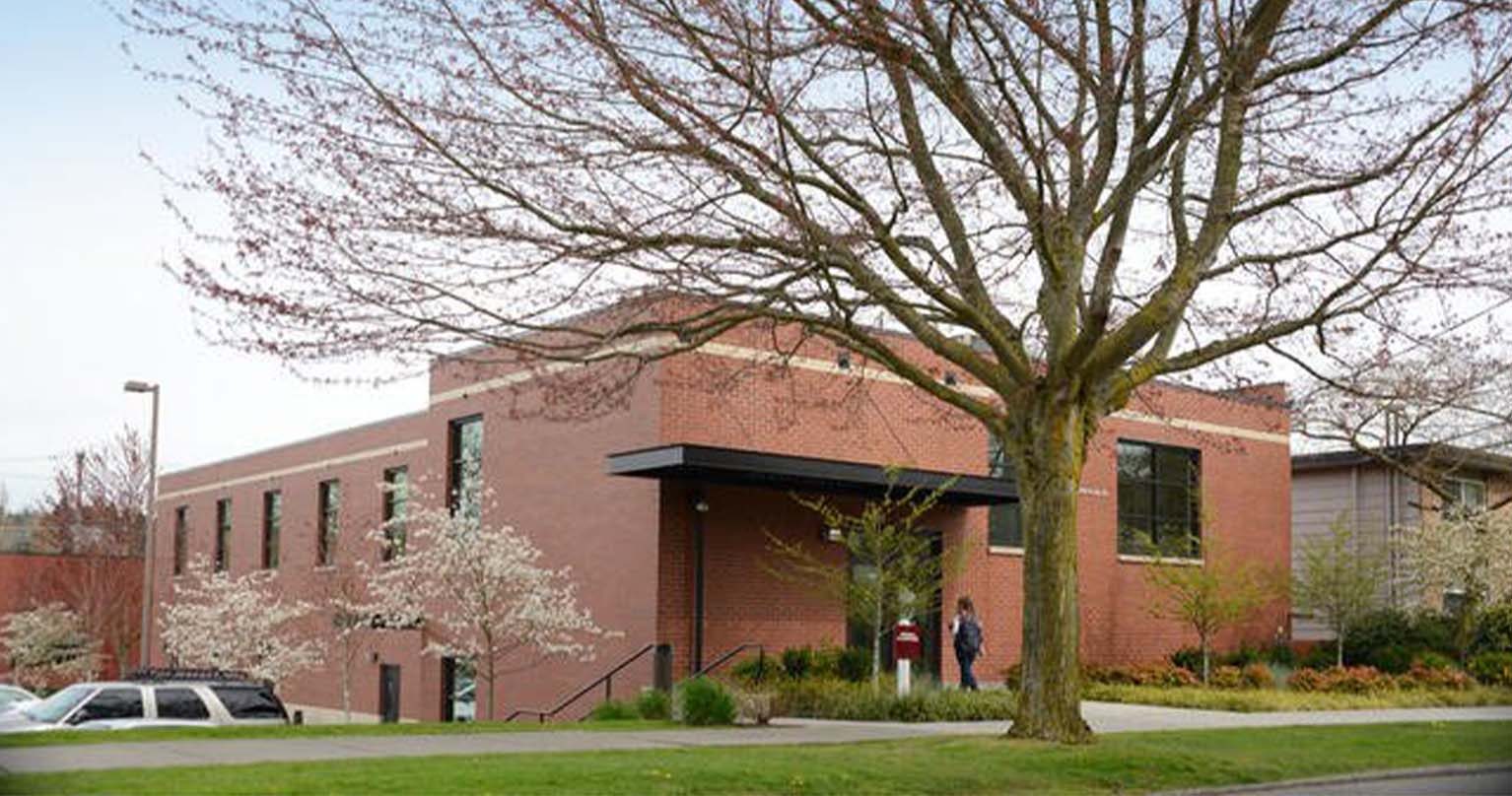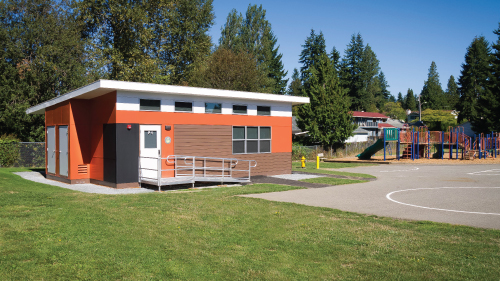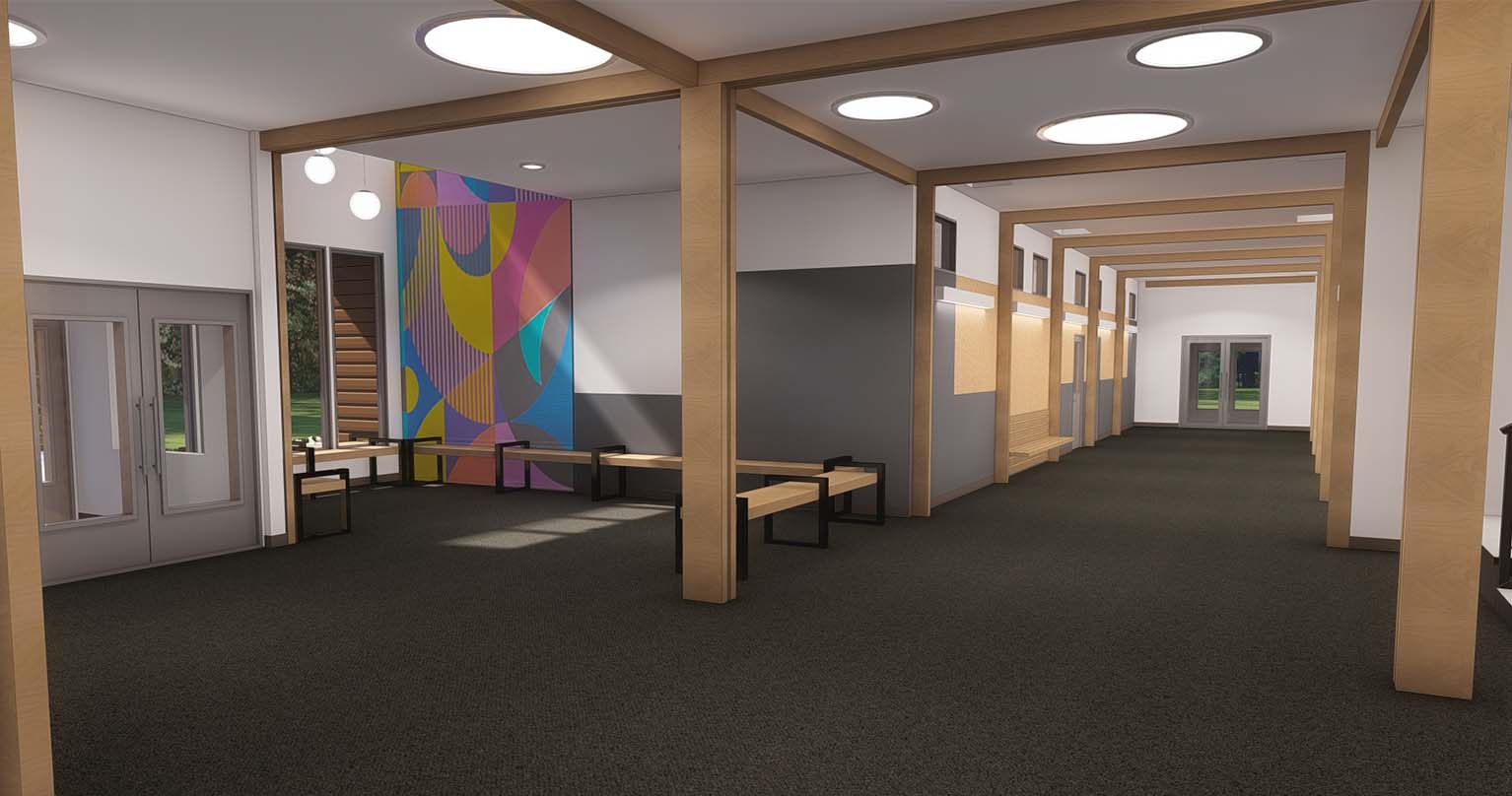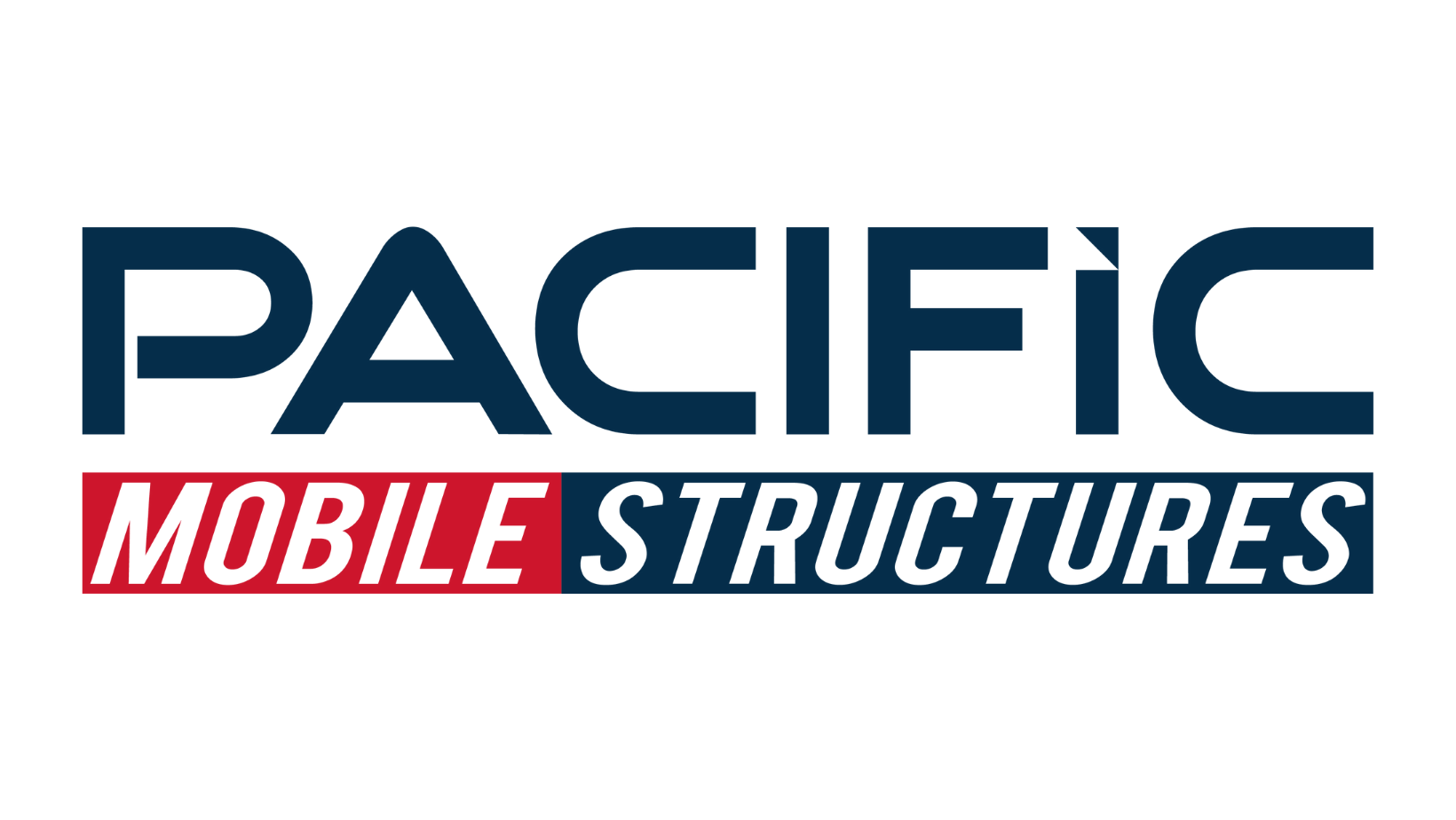
LEEDing the Way in the Green Building Industry
Modular construction adapts easily to the green label, thanks to lower costs, almost no wasted materials in the construction facility, and the quicker timeline of the final assembly. Whether Building Design and Construction, Interior Design and Construction, Building Operation and Maintenance, Neighborhood Development or Homes, a LEED option is available. The LEED certification ensures the entire building lifecycle stays true to best-in-class green building strategies through the USGBC. Canada has a similar organization, the Canada Green Building Council confirming quality green buildings too. Whether looking to build green to potentially save money or it sounds like the environmentally friendly thing to do, organizations such as USGBC, and Modular Building Institute are among the many encouraging companies to look to green and ensure they are LEED-certified, affirming the standards consumers are seeking:
USGBC says LEED certifications “means healthier, more productive places, reduced stress on the environment by encouraging energy and resource-efficient buildings and savings from increased building value, higher lease rates and decreased utility costs.”
Those looking to ensure their building can earn the LEED certification, at different levels, based on a point system. The four levels available are Certified (40-49 pts.), Silver (50-59 pts.), Gold (60-79 pts.), and Platinum (80+ pts.).
The LEED rating system also addresses multiple types and scopes of projects, including:
- New Construction and
- Major Renovations
- Commercial Interiors
- Existing Buildings
- Core and Shell
- Schools
- Homes
- LEED for Neighborhood
- Development
- Market Sector Rating Systems



